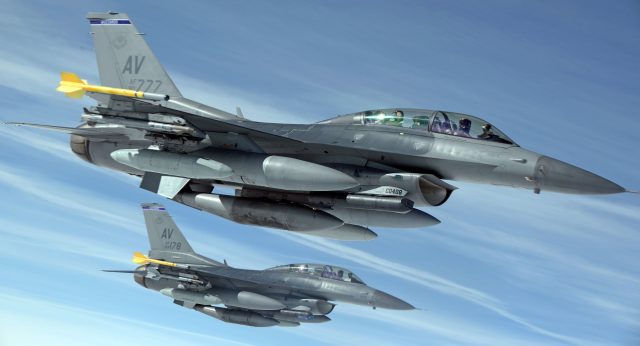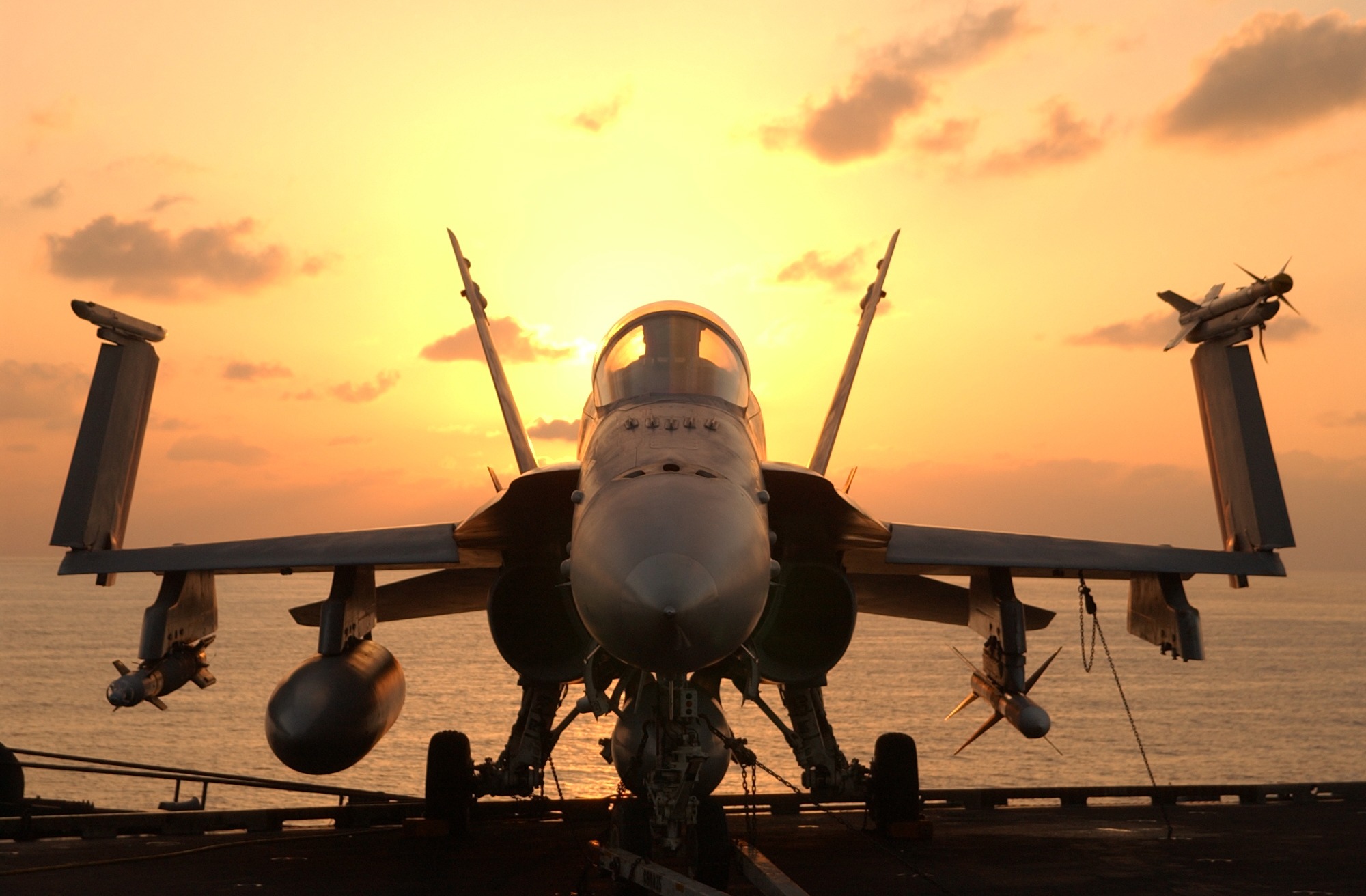
From financial and humanitarian aid to arms and sanctions against the Russian Federation, the European Union has honoured its promises to the invaded Ukraine, sparing no effort. The costs of the measures that European countries have taken, both individually and as a bloc, during almost two years of war are not insignificant. Rising inflation, fuelled by the energy price crisis, stagnation or even economic decline were just some of the consequences of the war: paradoxically, while the rest of the world was disarming, Europe ended up buying arms furiously, helping one of the few sectors of industry to flourish which, unlike the economy as a whole, had been growing anyway, including during the Covid pandemic.
The EU and its financial institutions have mobilised more than €37.3 billion to support Ukraine economically, socially and financially since the start of the war. Let’s not forget that €50 billion in aid from the EU bloc over the next four years for Ukraine has also recently been released. This support has taken the form of macro-financial assistance, budget support, emergency assistance, crisis response and humanitarian aid. European countries have also been affected by the cost of refugees from the conflict zone and the cost of arms supplied to invaded Ukraine. Many EU Member States, along with other countries around the world, have individually provided arms support to the Ukrainian army, depleting their stocks. Stocks that had to be replenished for fear of a threat from the same invader.
The economic sanctions against the Russian Federation are the toughest in the history of the European Union and, even if they have partly achieved their intended purpose – to demobilise the Russian economy – they have created a European crisis on the energy market and have left many European countries looking for solutions to combat their dependence on Russian gas. Ukrainian grain, which has invaded the markets of its neighbours in south-eastern and central Europe in transit to western countries, has competed with domestic production, putting farmers in these countries in difficulty. Europe has seen rising energy prices, turmoil in financial markets and a sharp contraction in the economies of Russia and Ukraine.
The war in Ukraine has slowed economic growth in the EU
A recent study published by the Swiss National Bank and cited by Reuters reveals that the war in Ukraine has slowed economic growth and “considerably” increased inflation across Europe, with more serious effects still to come. The study, which looks at the economies of three EU countries plus the UK and Switzerland, says industrial output would have been 0.1% to 0.7% higher in the fourth quarter of 2022 if Moscow had not attacked Kiev. Inflation in each of these countries would also have been 0.2% to 0.4% lower.
“The negative consequences of the war are likely to be much larger in the medium to long term, especially for the real economy.(…) In one or two years, this negative effect is likely to be about twice as large,” the authors argue.
The UK was particularly hard hit, with economic output down 0.7% and inflation up 0.2%, while Swiss GDP would have been 0.3% higher and inflation 0.4% lower in the absence of the war. France would have had 0.3% lower inflation and 0.1% higher GDP, while Italian inflation would have been 0.2% lower and GDP 0.3% higher. The most worrying example, however, is Germany’s economy. Its GDP would have been 0.7% higher and inflation 0.4% lower in the fourth quarter of 2022 if Russia had not attacked Ukraine, according to the study. Germany exited recession in the second quarter of 2023, but its weak performance continues to hurt growth in the eurozone, Bloomberg and Reuters analysts previously warned.
According to official statistics, Europe’s largest economy posted zero growth in the April-June 2023 period compared with the first quarter of 2023. The causes would be – say the analysts cited – the decline in Germany’s exports, the significant drop in industrial activity and the reduction in consumer spending due to high inflation and higher interest rates. At the same time, household consumption grew at zero in April-June 2023, while government spending rose 0.1%, investment rose 2.1% and exports fell 1.1%.
US and China, the EU’s main economic partners
According to European statistics, the eurozone has almost eliminated its trade deficit as exports of chemicals – where Ukraine was one of the biggest exporters – and machinery increased, while the value of imports of energy products, especially from Russia, fell. Against this backdrop of the war in Ukraine – according to the same official statistics – the US and China have become the EU’s main trading partners. The EU exported more to China and imported more from the US. And this last chapter, imports, has also been contributed by arms imports.
The demand for arms in Europe and the US has increased significantly with support to Ukraine. As European countries depleted their stocks, they sought to replenish them, relying primarily on imports and to a much lesser extent on their own production. In 2023 alone, sales of the world’s 100 largest arms companies were up for the seventh consecutive year, despite the pandemic. From 2018 to 2022, international arms transfers fell by just over five percent compared to 2013-2017. In contrast, European countries’ arms imports – mainly from the US – increased by 47%, and those of European NATO member countries by up to 65%.

Ukraine, until recently, played virtually no role as an arms recipient and buyer state. It produced its own and had stocks from the Soviet Union. Thus the need for imports was reduced. In 2022, Ukraine will be the world’s third largest recipient of military equipment. At the same time, Europe’s arms industry has grown, even if the growth is not spectacular overall. Eastern Europe has, however, started producing weapons, artillery shells and other military equipment at a pace unprecedented since the Cold War.
According to an analysis by the Kiel Institute for the World Economy, the US and UK gave the most direct military aid to Ukraine in the first ten months of last year, with Poland in third place. In south-eastern and central Europe, in addition to the regional security issue, the war in Ukraine is an opportunity for the arms industry.
“Given the realities of the war in Ukraine, as well as the visible attitude in many countries towards increasing defence budgets, there is a real chance to enter new markets and increase our export revenues in the coming years,” said Sebastian Chwalek, director-general of Polish state holding PGZ, which controls more than 50 companies producing arms and ammunition, quoted by Reuters and reported by Agerpres.
Other arms manufacturers have also begun to increase their production capacity and are rushing to hire workers, company representatives and government officials in Slovakia and the Czech Republic, the latter a former major arms producer, told Reuters.
As for the European Union, it too has recently launched a plan to boost the production of military equipment, especially ammunition production. It aims at joint procurement – along the lines of the gas platform – to replenish stocks in member states that have been emptied by arms deliveries to the Ukrainian authorities. Already seven EU countries have ordered ammunition under the programme, according to Reuters. The orders – placed under contracts negotiated by the European Defence Agency (EDA) – are for 155mm artillery shells, one of the most widely used munitions in the intense war of attrition between Ukrainian troops and invading Russian forces.
The scheme was created as part of a plan worth at least two billion euros, launched in March with the aim of sending one million artillery shells and missiles to Ukraine within a year.



 Subscribe
Subscribe